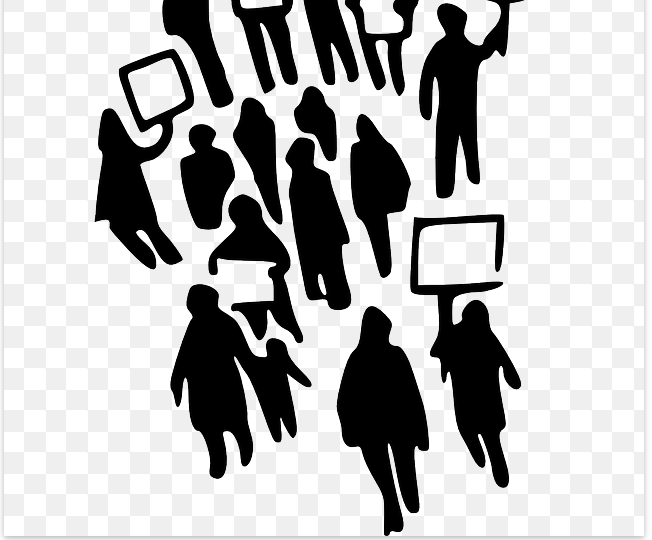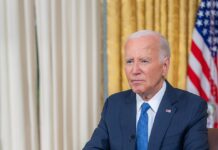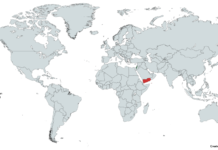Over the weekend, public protests occurred in China due to the government’s COVID-19 restrictions. A fatal apartment fire that occurred last week in Urumqi Xinjiang is among the incidents linked to the protests. Ten people died in the fire. Most internet users stated that some residents could not escape since some parts of the apartment building were locked down. However, authorities have denied this.
According to reports, some demonstrators have called for President Xi Jinping to stand down. Xi is the Communist party of China’s General Secretary. Others have criticized the party’s rule. The nation’s COVID measures are strict as it continues pursuing lockdowns to suppress the virus. China calls it a dynamic zero COVID policy.
The protests are severe challenges to authority, but they need to be placed in perspective. There is no parallel to the protests in Tiananmen Square in 1989. In the street protests, the demonstrators match, protest, and then disperse. They are mainly concentrating on the COVID restrictions instead of wider political principles.
The main problem is frustration with COVID restrictions and the inconsistent way the measures are being implemented. In the short term, it is likely that the state’s reactions will be muted. There’s pressure for change, but the way the country will achieve that is difficult to predict.
In the last few decades, protests in China have become commonplace. However, they are highly localized and usually center on a certain problem. For instance, factory workers can protest about deteriorating work conditions or failure to get paid. Villagers asked to resettle so that their land could get redeveloped. They sometimes protest to the extent of declining to be moved away. Residents in new housing estates are also mobilized to complain that they have yet to benefit from the promised retail outlets, roads, and services. State officials usually intervene and offer solutions for such conflicts quickly and reasonably to maintain stability.
Such instant solutions are difficult to find for protects about more general protests like legal representation, freedom of expression, or government responsibilities. In such situations, government responses tend to suppress the concerns. The protests have mostly been localized and have not caused any sense of a national or regional movement. This is the case for industrial disputes where workers have protested in one or several factories under one owner or brand.









